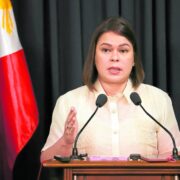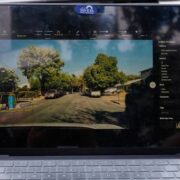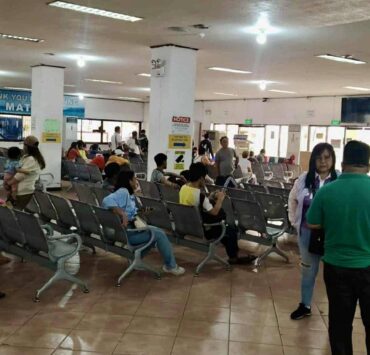Quake-hit northern Cebu begins rehabilitation phase
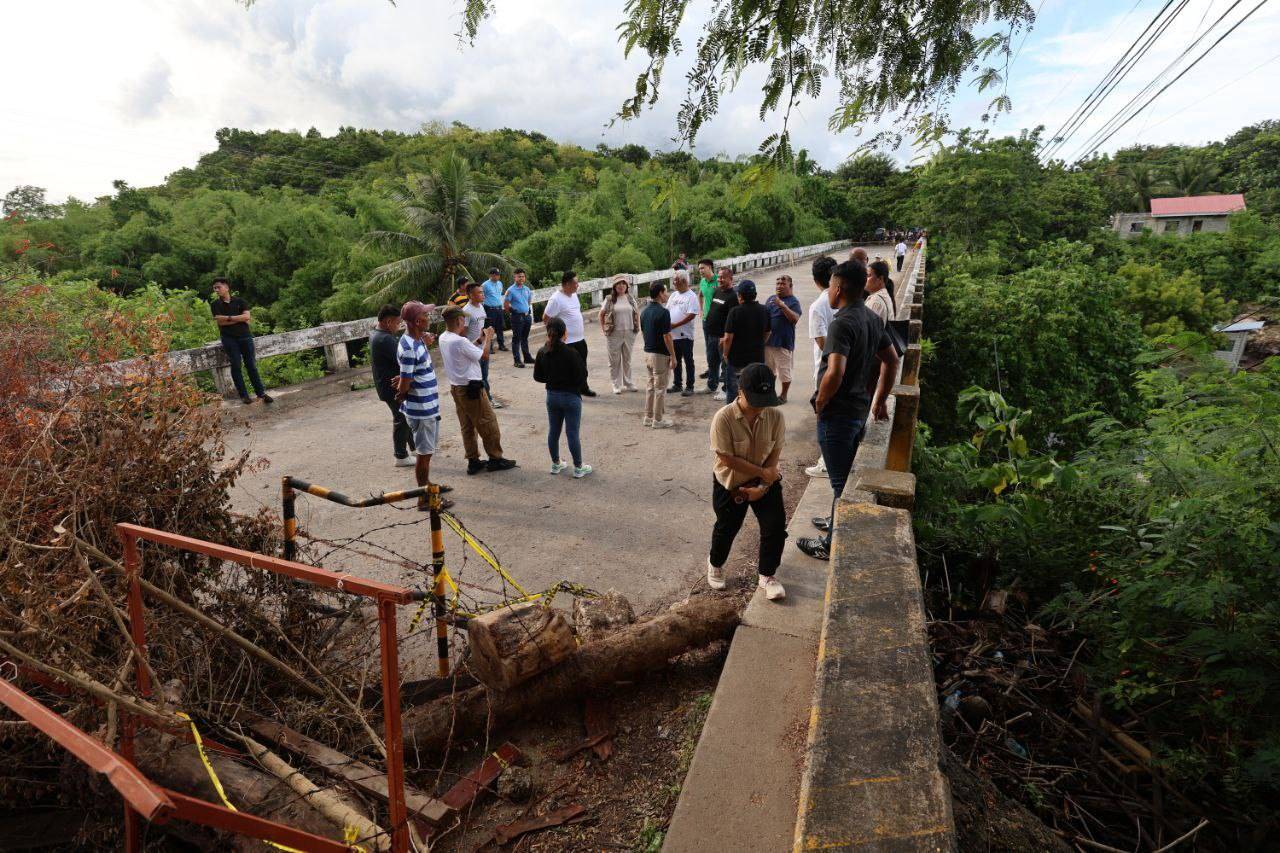
Even as the national and local governments and private organizations have started the rehabilitation phase of northern Cebu devastated by the deadly quake on Sept. 30, local authorities admit basic needs—like water and food—still needed to be delivered to affected communities.
According to a consolidated report from Cebu Provincial Disaster Risk Reduction and Management Office (PDRRMO) on Friday, the City of Bogo, the epicenter of the quake, and the towns of Medellin, San Remigio, Daanbantayan, Sogod, Borbon and Tabogon were still in dire need of drinking water, food packs and temporary shelters such as modular tents and tarpaulins for hundreds of displaced families.
The report was released just as President Marcos visited for the second time the earthquake-affected areas of San Remigio and Bogo City on Friday to personally assess the ongoing relief and rehabilitation operations in these localities. He first visited the area two days after the deadly quake struck.
Smart houses
Accompanied by Social Welfare Secretary Rex Gatchalian, Public Works Secretary Vince Dizon, Philippine Red Cross head Dick Gordon, and other local officials led by Gov. Pamela Baricuatro, President Marcos on Friday began his visit in San Remigio, where he inspected the Bayanihan Village, where 67 prefabricated modular “smart houses” have been built to replace makeshift tents and provide safer, more dignified living spaces for residents whose homes were destroyed or deemed unsafe.
According to Department of Human Settlements and Urban Development (DHSUD) Central Visayas Director Eva Marie Marfil, 45 units are already ready for occupancy, with 22 families having moved in. The site is set to benefit a portion of the 254 families affected in northern Cebu.
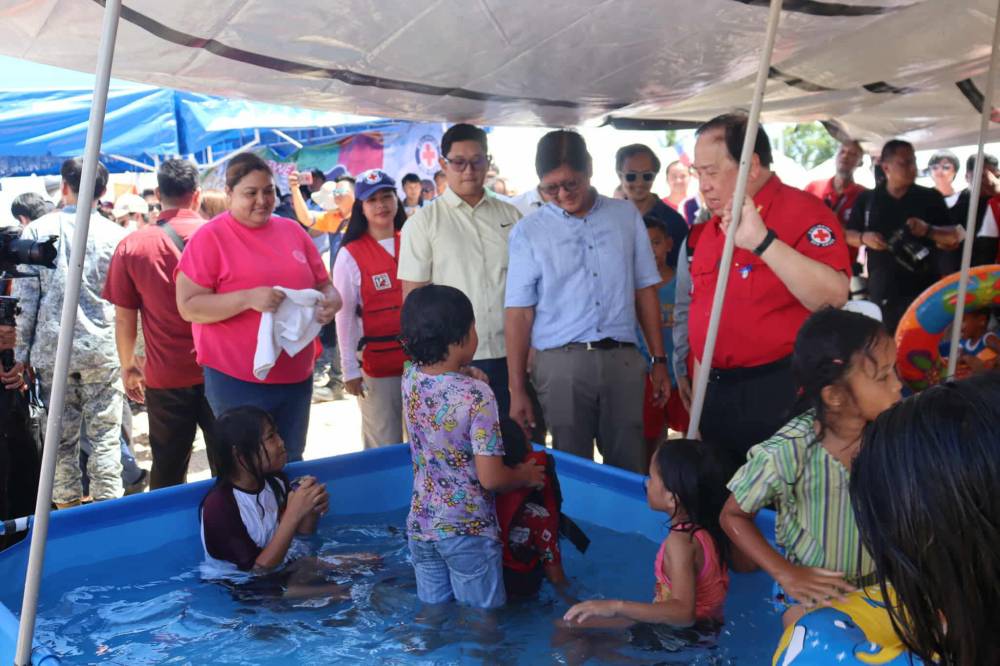
The President then proceeded to the Tent City in Bogo City, where 176 tents provided by the Red Cross currently house 162 families.
Speaking to reporters, the President said they planned to also replace the tents with modular houses, even as he confirmed that DHSUD has started distributing construction materials to help residents begin rebuilding their homes.
He commended the progress being made to address the needs of affected residents in northern Cebu.
“For now, I think we are okay. We will keep working to make sure everybody is okay, everybody is healthy, everybody has what they need,” President Marcos said.
Urgent needs
Still, according to PDRRMO, there were urgent needs that required attention.
In the town of Borbon, where no modular houses have yet to be set up, the local government has requested 300 to 500 pieces of sleeping tents and 5,000 hygiene kits for displaced families, the PDRRMO said.
Essential medical supplies were also being prioritized, including medicines for high blood pressure, fever, stomach ache, diarrhea and wounds, as well as antibiotics, tetanus and anti-rabies vaccines, and personal protective equipment (PPE) for responders.
To address water supply issues, water tankers were requested by several municipalities—San Remigio (3 units), City of Bogo (4), Daanbantayan (2), Borbon (3), Tabuelan (2) and Tabogon (5).
Other necessities identified include sleeping kits (blankets, mats and folding beds), lights and solar lamps, generator sets, rice and cooking kits. Some areas, like Sogod and San Remigio, have also requested dignity kits, medical teams and psychosocial support units to assist affected residents.
San Francisco town on Camotes Islands has reported the need for 48 tents and container vans to serve as temporary classrooms for 14 damaged schools.
Meanwhile, technical support was also sought by Medellin, San Remigio and Tabogon, which need engineers for building safety inspections and geotechnical experts to assess sinkholes and fissures for public safety.
In Bogo City, several barangays requested tents for temporary shelters, with Barangay Nailon alone seeking up to 120–160 units.
Borbon officials have likewise requested five generator sets, 100 flashlights for 19 barangays and 20 tents to be used as temporary municipal offices in front of the Municipal Hall and public market.
Local authorities have assured that requests have been forwarded to the PDRRMO and national agencies for immediate response and coordination.






